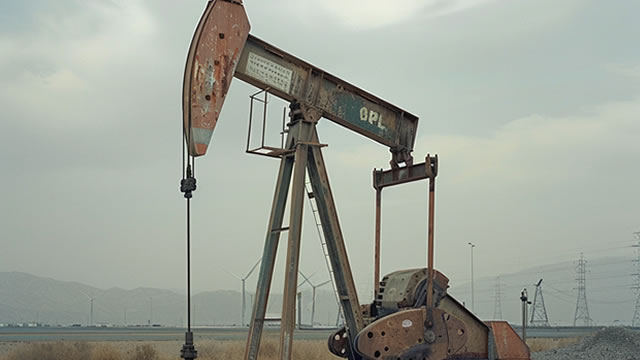Exploring the Future of Geospatial Imagery Analytics: A Game-Changer for You and the World
Imagine having the power to analyze the earth’s surface from the comfort of your own home, uncovering hidden patterns and trends that shape our world. Well, that future is now! The geospatial imagery analytics market is on an unstoppable growth trajectory, and here’s what it means for you and the world.
The Impact on Individuals:
Geospatial imagery analytics is a subfield of geographic information systems (GIS) that uses satellite or aerial imagery to extract valuable insights. This technology is increasingly being adopted by various industries, from agriculture to construction, and even in our everyday lives. Here’s how:
- Enhanced Agriculture: Farmers can use geospatial imagery analytics to monitor crop health, predict yield, and identify areas for irrigation or fertilization, leading to increased productivity and reduced resource waste.
- Smart Cities: Urban planners can use this technology to optimize infrastructure, monitor traffic patterns, and anticipate population growth, creating more livable and sustainable cities.
- Personalized Insurance: Insurance companies can use satellite imagery to assess property damage and risk, providing more accurate and fair insurance premiums for their customers.
The Impact on the World:
The potential applications of geospatial imagery analytics are vast and far-reaching. Here’s how this technology is poised to make a significant impact on our world:
- Environmental Monitoring: Governments and organizations can use satellite imagery to monitor deforestation, track natural disasters, and assess the impact of climate change, enabling more effective conservation efforts.
- Disaster Management: In the event of natural disasters, geospatial imagery analytics can help emergency responders assess damage, locate survivors, and allocate resources more efficiently.
- Defense and Security: This technology can be used by military and intelligence agencies to monitor borders, detect potential threats, and plan operations, enhancing national security.
The geospatial imagery analytics market is projected to grow from $15.4 billion in 2023 to $102.7 billion by 2030, according to a recent report by ResearchAndMarkets.com. This growth is driven by increasing demand for accurate and timely information, advancements in satellite technology, and the growing adoption of GIS and remote sensing.
In conclusion, geospatial imagery analytics is a game-changer that offers immense potential for individuals and the world. From enhancing agriculture and creating smart cities to monitoring the environment and improving disaster response, this technology is set to transform the way we live, work, and interact with our planet. So, buckle up and get ready for an exciting future!
Sources:
ResearchAndMarkets.com. (2025). Geospatial Imagery Analytics – Global Strategic Business Report. Retrieved from
GIS Lounge. (2021). What is Geospatial Imagery Analytics? Retrieved from
ESRI. (2021). What is Geospatial Imagery? Retrieved from





